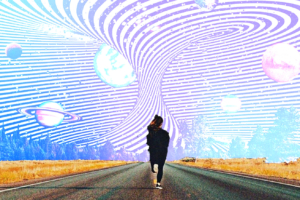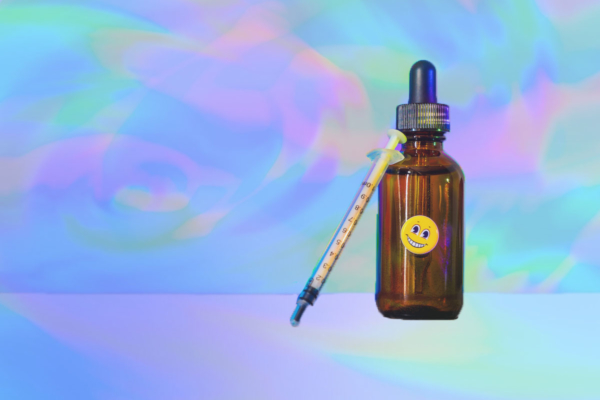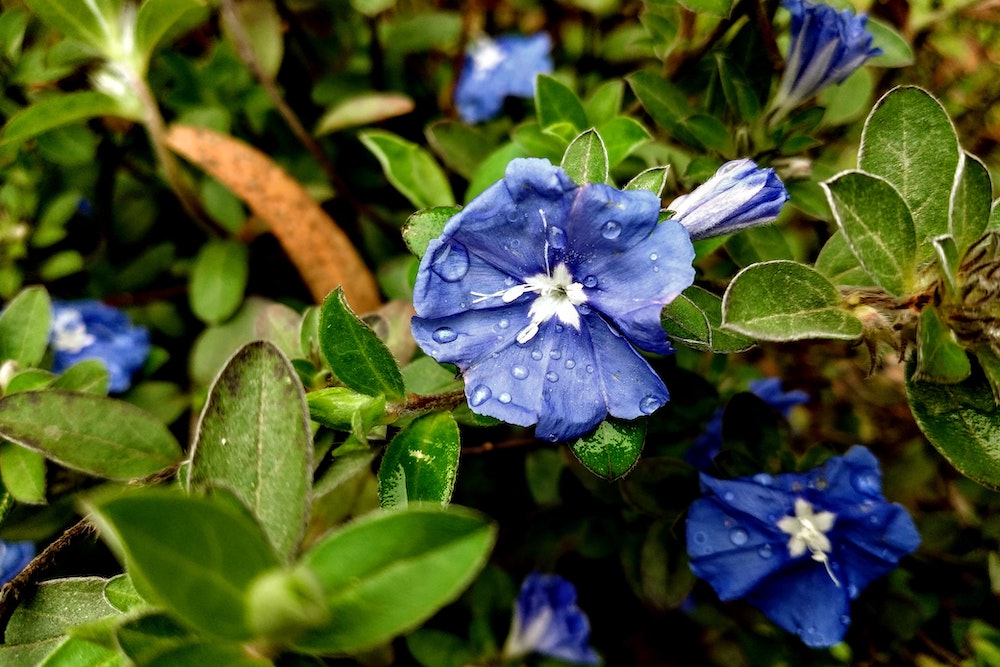
Psychedelic substances have the potential to shift perceptions, re-mould belief systems, and radically altered states of consciousness. While modern research is quickly becoming reacquainted with substances such as psilocybin and LSD, nature still yields many psychoactive compounds that are left understudied. One such substance yet to be placed under the microscope is LSA.
What is LSA?
LSA, or D-lysergic acid amide, is a psychedelic substance that’s structurally similar to LSD (lysergic acid diethylamide). However, unlike LSD, it does not need to be synthesized, as it occurs naturally. LSA is found in the seeds of morning glory, a group of more than 1,000 species of flowering plants.
One particular species of morning glory, Ipomoea corymbosa, is a climbing vine native to much of Central and South America. The seeds are referred to as Ololiúqui in the Nahuatl language, and were consumed by both the Mayans and Aztecs to induce trance states during ceremonies. LSA is also found in much higher concentrations in Hawaiian baby woodrose, another climbing vine native to India.
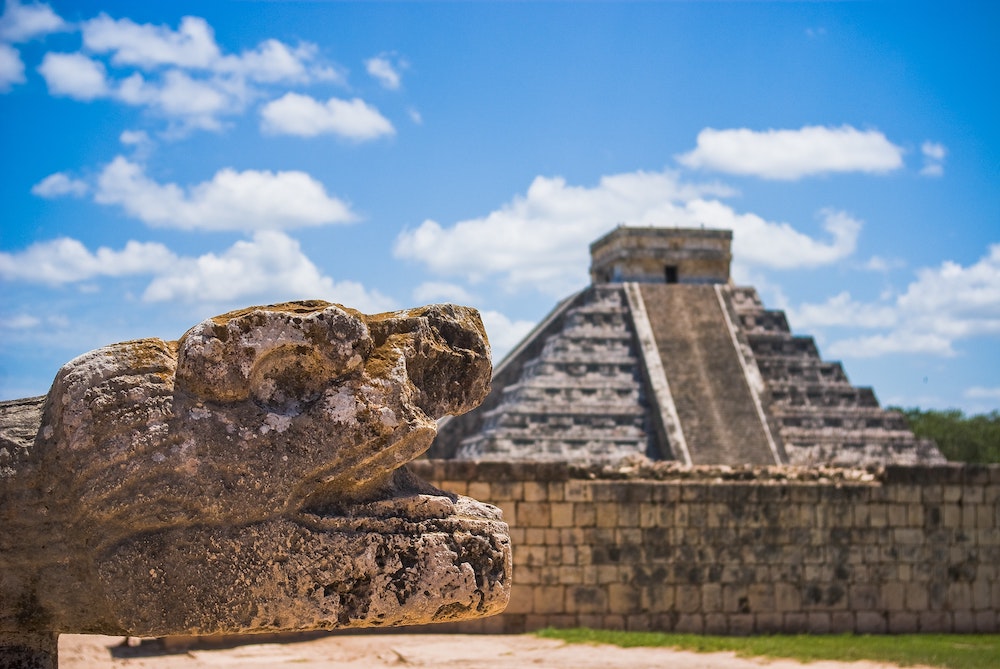
LSA vs. LSD: What’s the Difference?
Due to their structural similarity, the subjective effects of LSA are similar to its more famous chemical counterpart, LSD. Like other psychedelics, when taken in large enough doses, LSA can induce experiences that pertain to the spiritual, mystical, and profound—which is most likely why morning glory seeds were consumed by Indigenous cultures in South and Central America. Moreover, users may experience distortions of their vision, including brightening and shifting of colour, feelings of insight, and a lift in mood. Although, it’s important to note that the effects of LSA can vary wildly depending on mood upon dosage, the setting in which a user takes it, and the amount that is taken.
However, despite their structural similarity, there are some key differences between LSA and LSD; the latter may often produce an energetic and physically stimulating state, whilst the former may produce a dreamlike and sedative one. Albert Hofmann, the first person in the West to discover both compounds, found that LSA induced a “tired, dreamy state with an inability to maintain clear thoughts”.
The structural differences between the compounds also mark a difference in potency. LSD is notoriously strong at very low doses, whilst LSA will yield less intense effects compared microgram for microgram.
As LSA occurs naturally in the seeds of plants such as morning glory, users will often chew the seeds to extract the psychoactive product. This may lead to some unpleasant physiological effects, as there are other compounds present that will have an effect on the body. These unpleasant effects can include nausea, vomiting, vasoconstriction, and gas.
As these effects can distract from the more profound experiences during the trip, users often attempt to extract the LSA from the seeds, so as to minimise the ‘body load’ of ingesting morning glory seeds.
Optimize Your Mental Health and Boost Your Mood & Concentration with Kon Kanna

The Chemistry of LSA vs. LSD
In 1938, Dr. Albert Hofmann pioneered the synthesis of LSD while working on a series of lysergic acid derivatives. Initially, Hofmann employed alkaline hydrolysis on ergot alkaloids to create lysergic acid, a foundational component in all ergot alkaloids, as illustrated in Figure 4.
Following the production of lysergic acid, Hofmann embarked on experiments involving various amines to generate amide compounds. These trials resulted in a series of lysergic acid amide derivatives. The 25th derivative produced in this series, known as LSD-25 or simply LSD, was born.
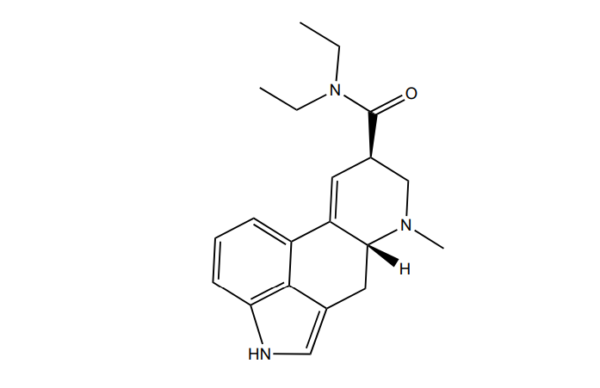
You may also like: The History of LSD: A Story of Self-Experimentation
In contrast, LSA is a naturally occurring substance found in specific plants and fungi. Structurally resembling LSD, LSA differs mainly in its amide group. While LSD’s amide group features two ethyl groups, LSA simplifies this configuration by replacing them with two hydrogen atoms.
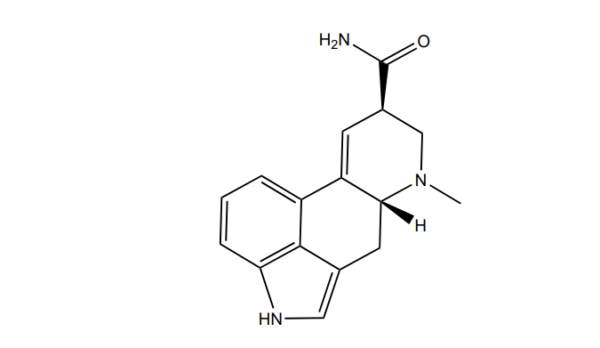
Therapeutic Effects of LSA
There has been little formal research into the potential therapeutic effects of LSA, with much of the psychedelic research focusing on substances such as psilocybin, ayahuasca, and LSD. However, Andrew Sewell and co-authors from Harvard Medical School investigated whether LSA could ameliorate complaints of cluster headaches in patients.
Cluster headaches are severe—the condition involves bouts of headaches that are incredibly painful. Women who suffer from cluster headaches sometimes describe them as worse than childbirth. At present, there is no recommended cure for cluster headaches, with conventional medicine focusing on pain management. However, Sewell and his colleagues aimed to explore whether LSA could be an effective treatment.
The authors interviewed 66 patients who were suffering from cluster headaches and were consuming LSA-containing seeds as self-medication. Of the patients, 38% reported that ingesting LSA could terminate a cluster headache within 20 minutes, while 43% of the patients reported that LSA could halt a bout of cluster headaches. No approved medicine currently has the capacity to terminate these bouts of headaches.


